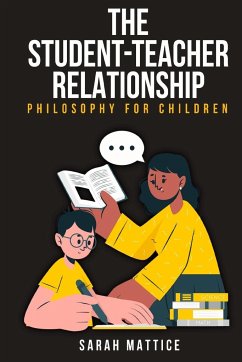Pens and pencils, paper and pad, books and slideshows, homework and tests, this is how we traditionally understand education. One goes to school, one learns from a teacher, and one then does something with that knowledge-supposedly. To put it like this, however, is laughable. The task of education is paradoxical. How can something so important and endemic to our society be so complicated and the source of so much frustration? The answer to me lies within the very structure of how we traditionally view education. First you learn, then you test, and then you are evaluated for success or failure; this is the path the traditional model of education takes. This thesis argues for moving away from that model. At times, the teacher is a doctor assisting the ignorant with their illnesses. At other times, he or she is a general, drilling the academic, intellectual skills needed to survive in the world beyond school. Sometimes the teacher is a friend, and sometimes just an observer. The manner that one engages with his or her classroom is often wrapped in some kind of metaphor. The 'rules' of the relationship are ascertained from this point, and the interactions structured around these rules. My aim is to explicate how these different kinds of metaphors function in a particular educational system.
